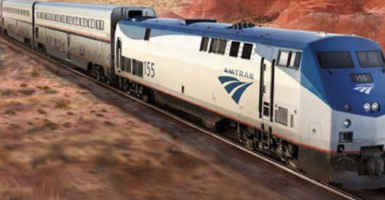We Didn’t Realize These Wild West Facts Are Actually Myths
It’s no secret that Western films shaped what people think about the Wild West. Stories of outlaws, bank robberies, and wars with the Native Americans make the Old West seem lawless. The truth is that most cowboys didn’t wear cowboy hats, and the stereotypical vision of American cowboys shooting guns while on horseback is fake.
How many of these myths about the Wild West did you believe?
Some Outlaws Were Shameless Self-Promoters
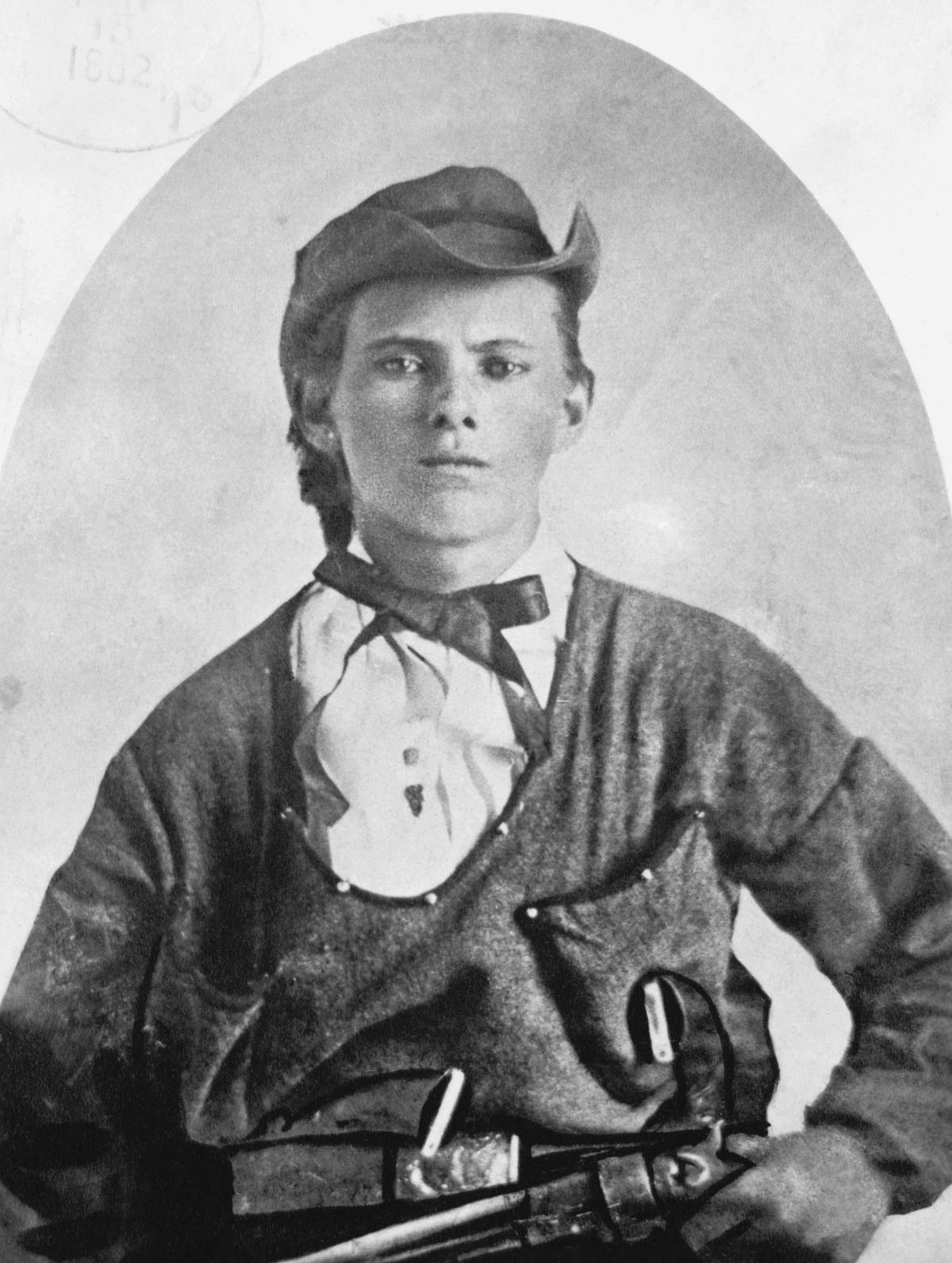
In many movies, outlaws had to lay low to avoid getting arrested. In reality, many famous outlaws were shameless self-promoters. That’s how they became so famous. For instance, Jesse James would give notes to witnesses bragging about his exploits, even while holding up a train.
Billy the Kid was known for loudly bragging in saloons. On top of that, many outlaws befriended each other. The groups of outlaws would spread stories about each other, some exaggerated, others true.
Native Americans Were Not A Constant Threat
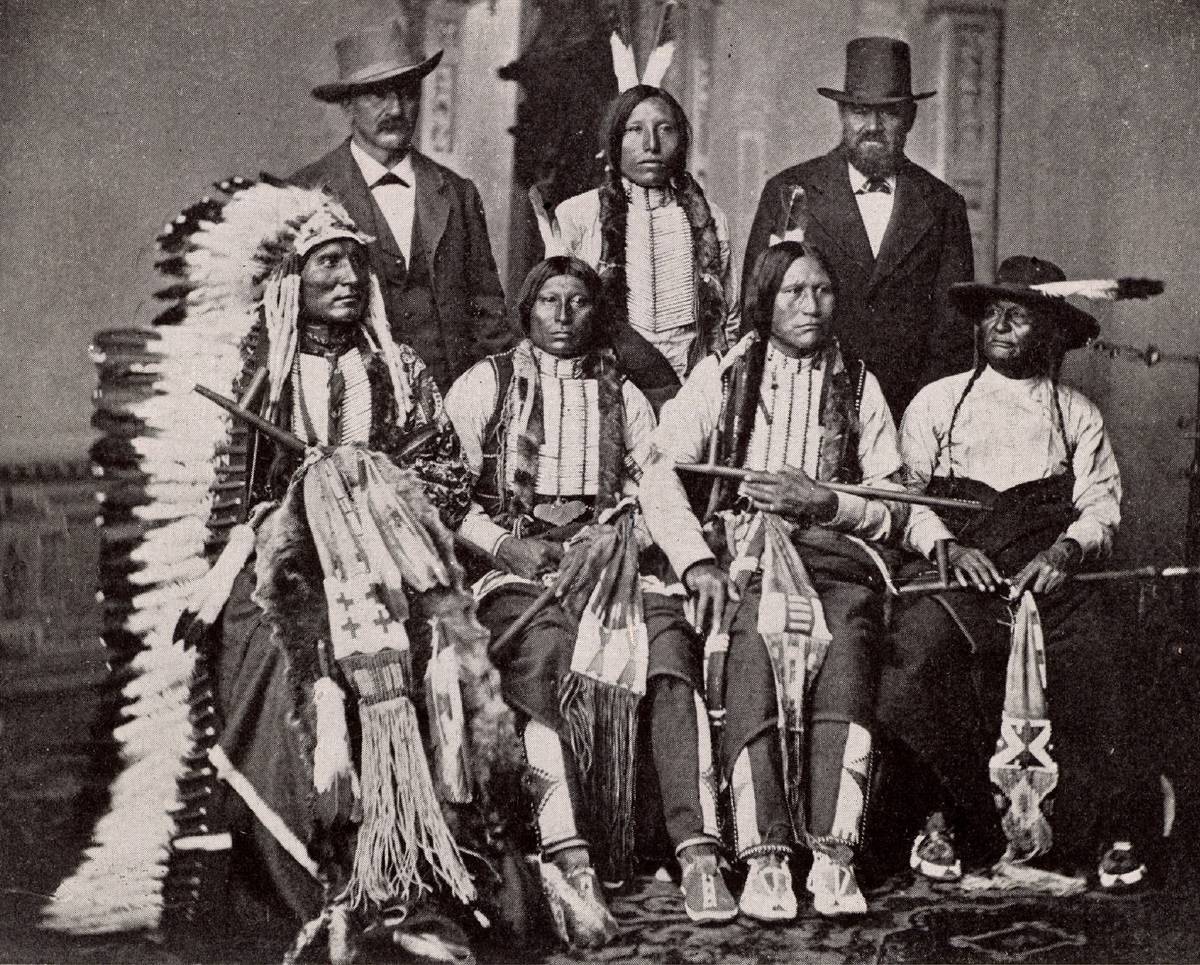
Western films often portray Native Americans as the antagonists who constantly attacked settlers. In truth, this rarely happened. Historian Roger McGrath said that the Wild West “was a far more civilized, more peaceful and safer place than American society today.”
While some Native American tribes warred with settlers, most saw an opportunity for trade.
The Wild West Was Not “Lawless”
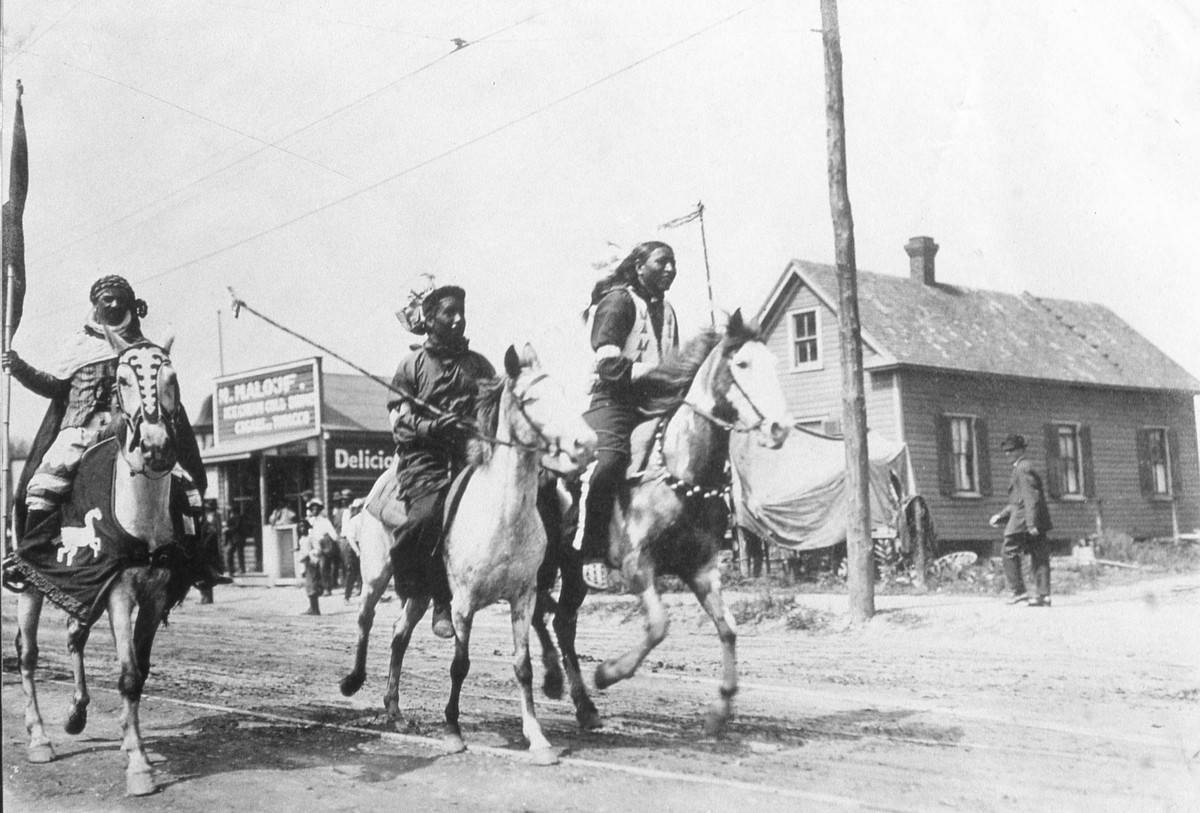
The word “lawless” is often used to describe the Wild West. In truth, America was no more lawless then than it is now.
According to the Smithsonian, the reputation of “lawlessness” began with newspapers from Dodge City, Kansas. That’s where the phrase “get out of dodge” originated. Sensationalized newspapers from the early 1870s provided the basis for Western movie plots.
Cowboy Hats Were Not Popular
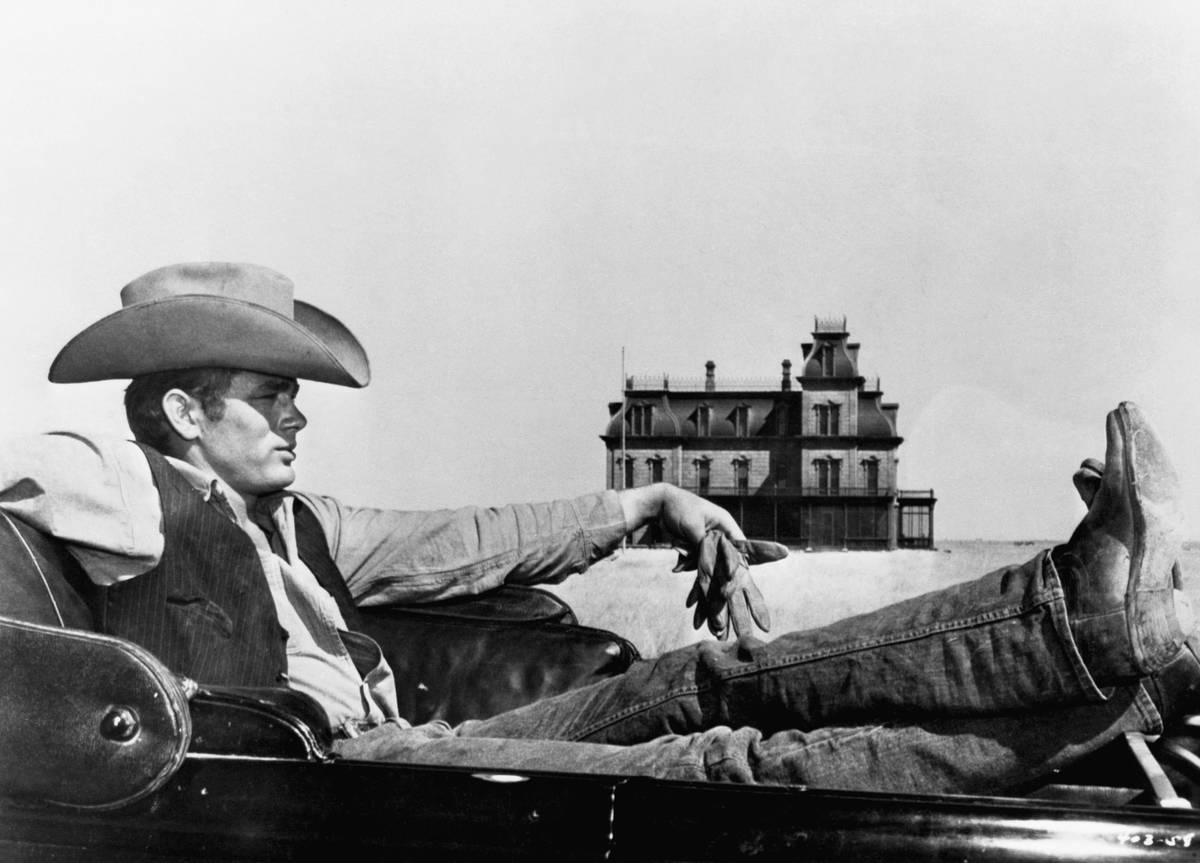
The Stetson hat is better known by the name “cowboy hat.” It is so ubiquitous in Western films that people may think every cowboy wore them. In reality, cowboys rarely wore that hat. It wasn’t even designed until 1865.
John B. Stetson designed the hat based on Mexican vaqueros hats. According to the National Cowboy Museum, the hat went through several designs before landing on the classic look we know today. It became popular in the late 19th and early 20th centuries for its durability, but few people wore it during the Wild West era.
Firearms Were Prohibited In Most Towns
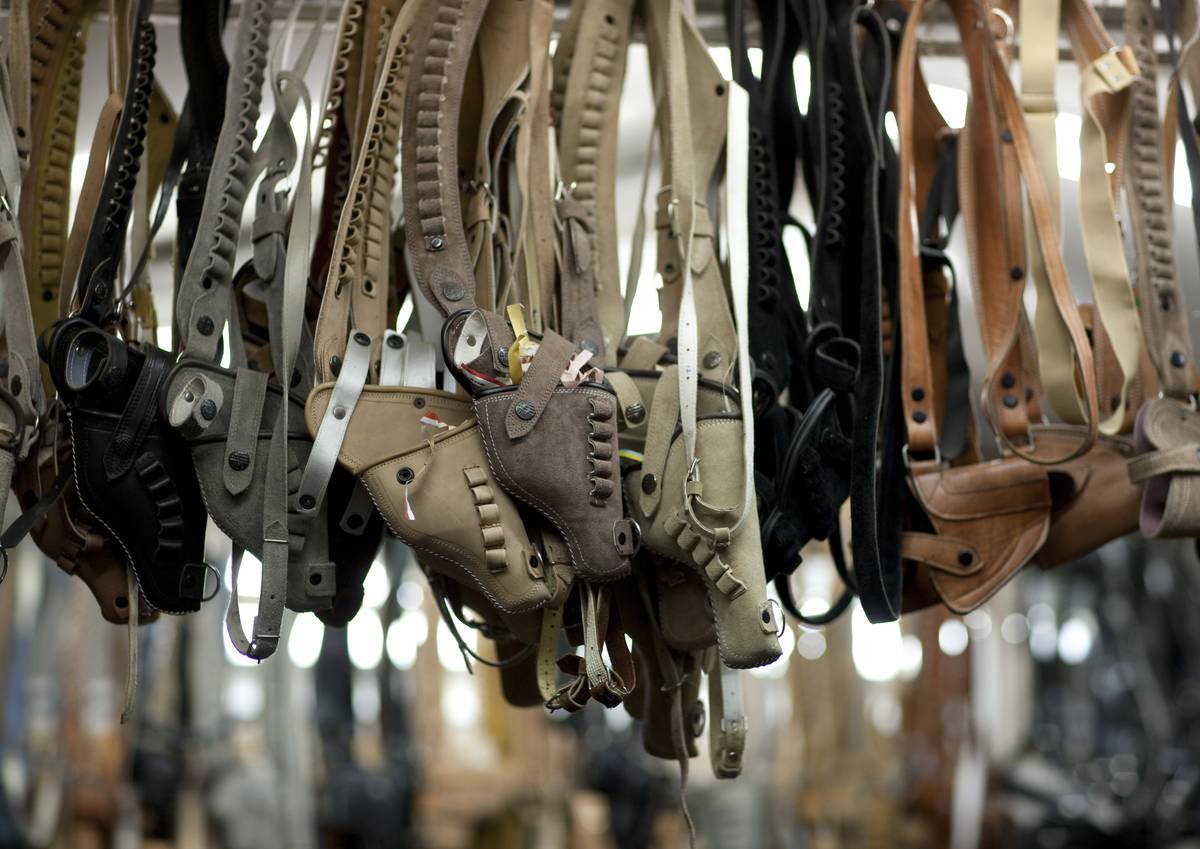
In Wild West movies, every character has a gun on their hips. In reality, many towns prohibited carrying weapons. States such as Louisiana and Kentucky outlawed carrying firearms, although many of these laws were repealed. Even Dodge City, a city known for its “lawlessness,” had signs saying “The carrying of Firearms Strictly Prohibited.”
That said, historian Adam Winkler noted that many people still carried guns to protect themselves from wild animals.
Settlers Sat In Traffic Jams

Western movies make 19th-century America look like nothing but small towns and rolling, barren hills. But cities existed in the 1800s, and where there were cities, there were traffic jams. Both carriages and cars sat in traffic jams in the Wild West.
Between 1880 and 1900, over 15 million people moved to American cities. Industrialization encouraged people to leave for rural towns for more job opportunities in the cities. Many of the smaller settlements became ghost towns because of this. With more people, there is much more traffic.
Wild Camels Roamed The American West
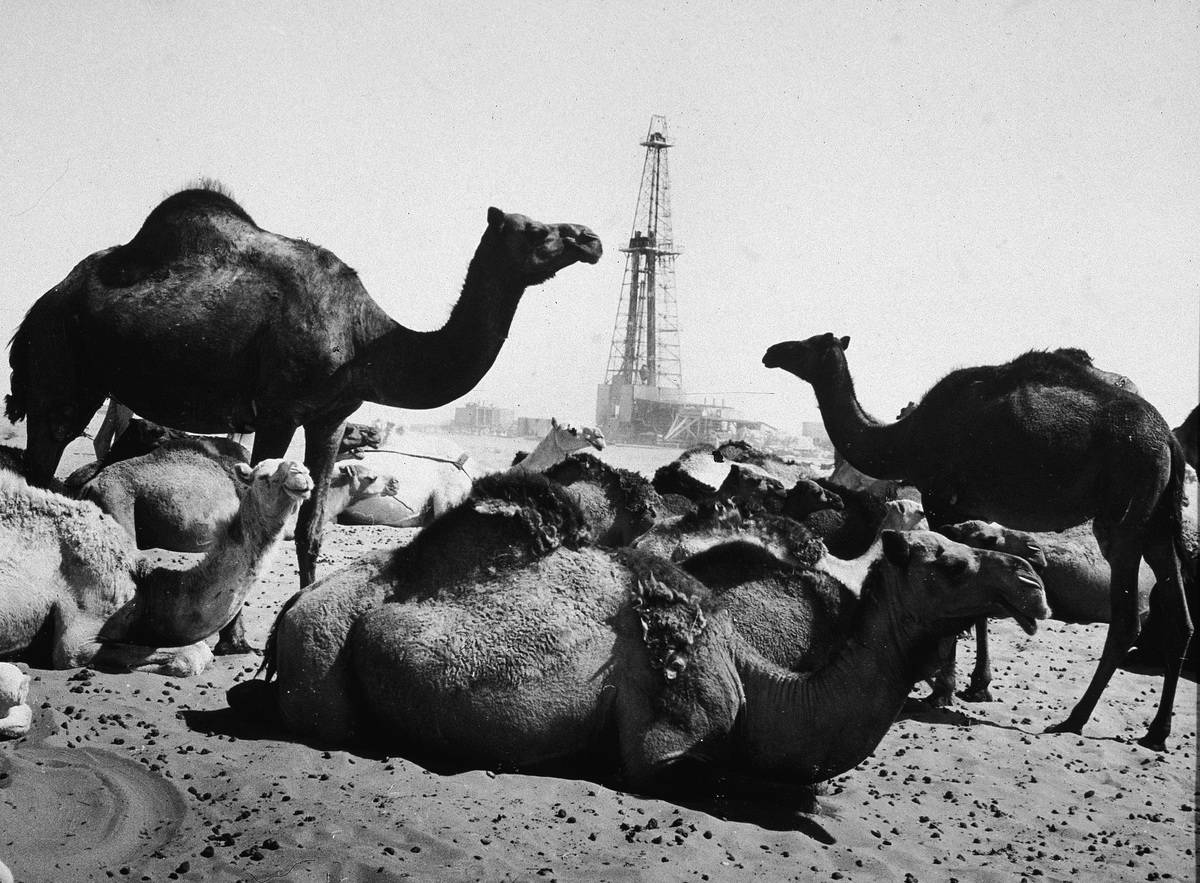
If Wild West movies were historically accurate, they would show camels roaming around. Wild camels indeed lived in North America during the 1800s. Thank the Secretary of War, Jefferson Davis, for bringing camels to the U.S.
Davis thought that camels were the key to westward expansion since they could haul supplies and required little water. The U.S. Army bought 75 camels and sold them at auctions. During the Civil War, many of these camels were released into the wild. Historians don’t know what happened to all of the camels.
The O.K. Corral Fight Didn’t Happen At The O.K. Corral
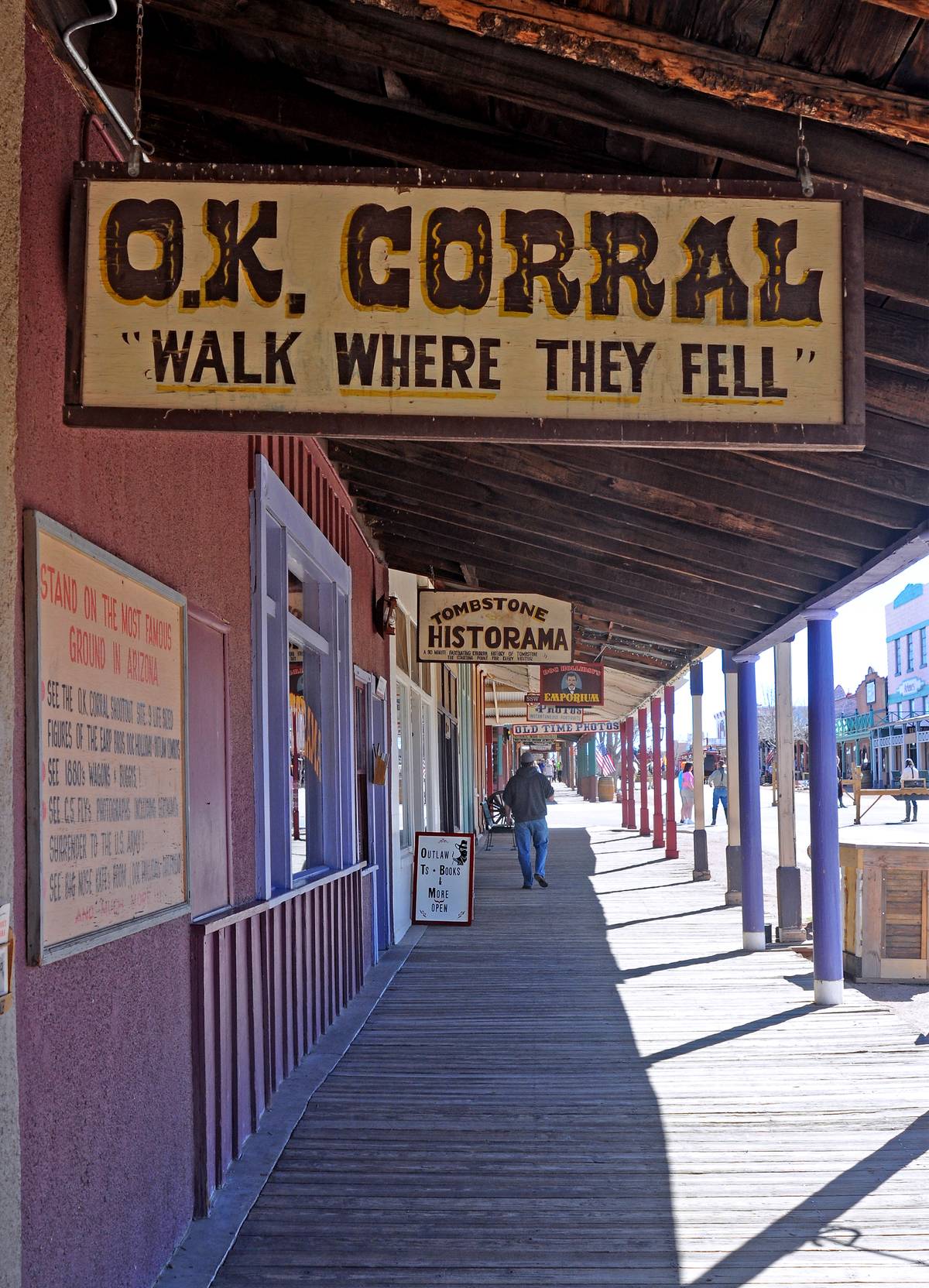
The Gunfight at the O.K. Corral was one of the most famous Wild West shootouts of all time. The 30-second gunfight resulted from a long-time feud between famous outlaws such as Doc Holliday and Ike Clanton. However, it didn’t actually happen at the O.K. Corral.
The shootout actually took place on the side of C. S. Fly’s Photographic Studio on Fremont Street. This was six doors down from the O.K. Corral. That hasn’t stopped the O.K. Corral from becoming a popular tourist destination in Tombstone, Arizona.
Cowboys Had Terrible Hygiene
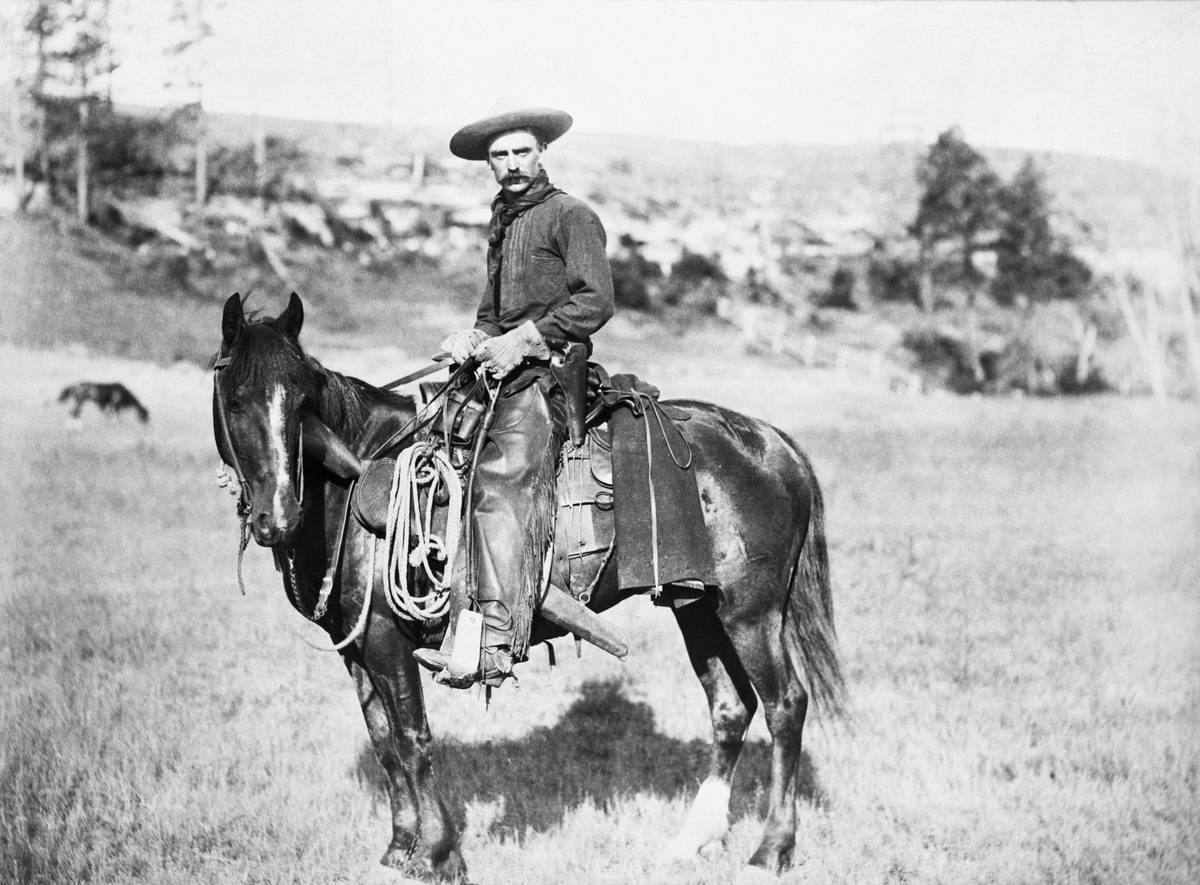
Although actors appear clean and well-shaven in Western films, the reality was much dirtier. According to True West Magazine, most cowboys were not able to bathe for weeks at a time. This left them susceptible to multiple illnesses and parasites.
Clean water was difficult to come by, as was soap. Settlers made soap from animal fats, and it often irritated the skin. Dentists did not exist; people had to turn to barbers to get their teeth extracted. Native Americans were far cleaner than the average cowboy.
California Was Not The First (Or Only) Gold Rush

The California Gold Rush was the most famous gold rush and the largest mass migration in American history. But it was not the first gold rush in the Wild West. The first significant gold rush occurred in 1799 in Cabarrus County, North Carolina. Thirty years later, there was another gold rush in the southern Appalachians in Georgia.
The California Gold Rush was the third significant gold rush in the Wild West. Besides that, silver rushes came up in America as well. In 1858, ten years after the California rush, forty-niners went to Nevada to mine silver.
For The First Time, Women Became Waitresses
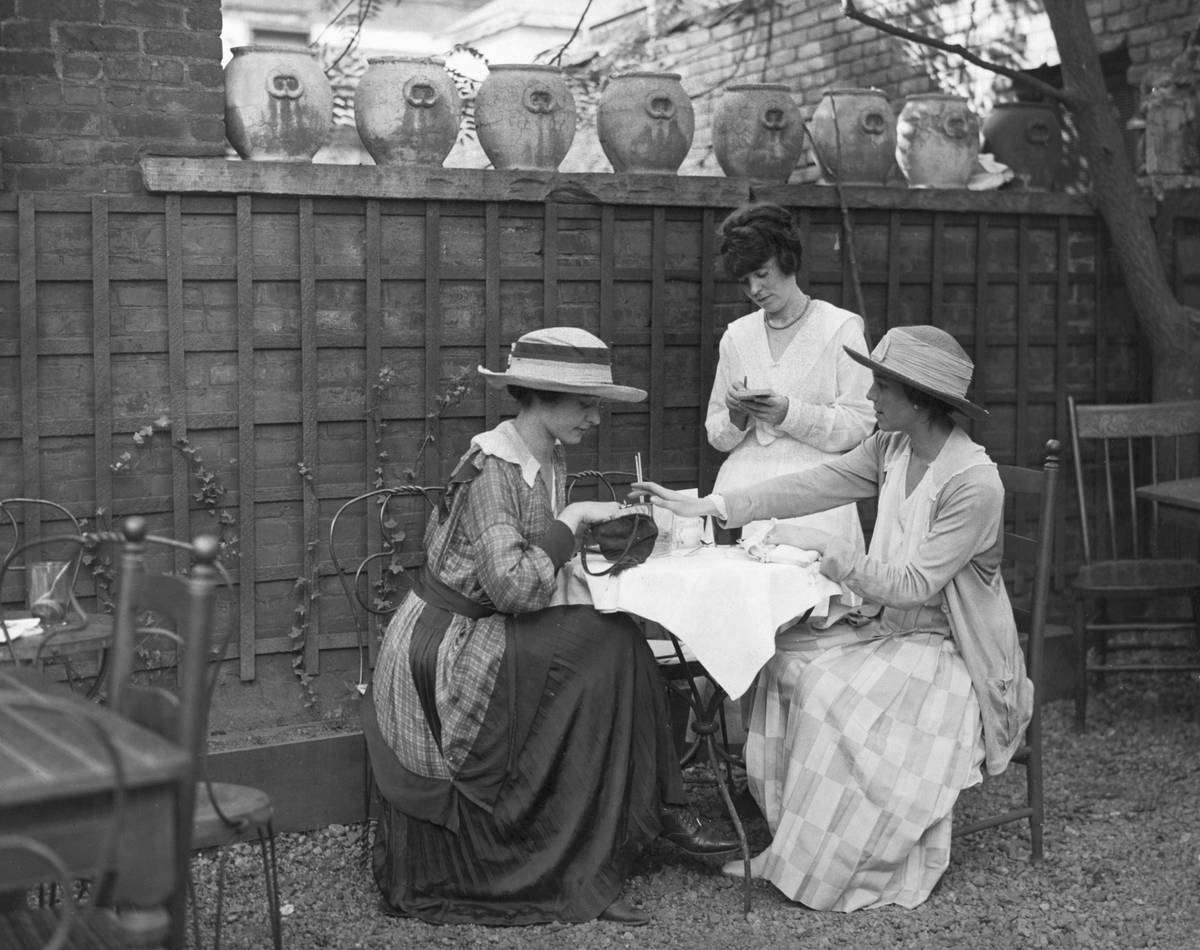
Women did not have many rights in the Old West, and they couldn’t get jobs. However, that was rapidly changing. Fred Harvey, the owner of a restaurant chain called Harvey House, began the trend of hiring women as waitresses.
Harvey quickly became tired of the male waiters getting into fights. In a radical move, he fired all the male waiters and replaced them with women. He hired women between the ages of 18 and 30 and put them through a 30-day boot camp. These women received payment, plus tips, which allowed them to live independently.
Bank Robberies Were Very, Very Rare
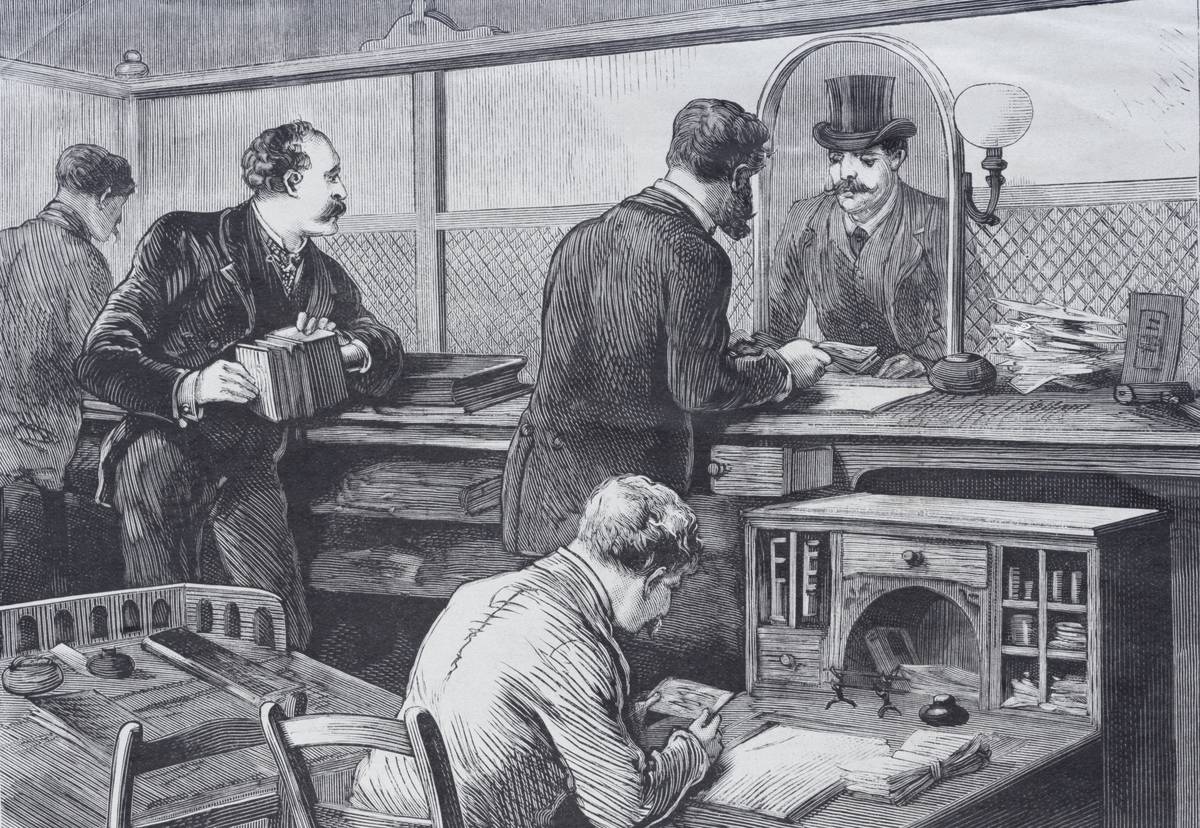
Bank robberies are one of the most popular plot devices for Western movies. According to Larry Schweikart at the Foundation for Economic Freedom, not many. Only eight bank robberies occurred between 1859 1900.
Schweikart also explains how banks in the 1800s were heavily secured. Banks usually adjoined other buildings, and large iron balls sat on top of safes. The shape of the ball caused an explosive effect when people shot at it. Those who tried to rob banks had a difficult time.
The Pony Express Was Not Successful
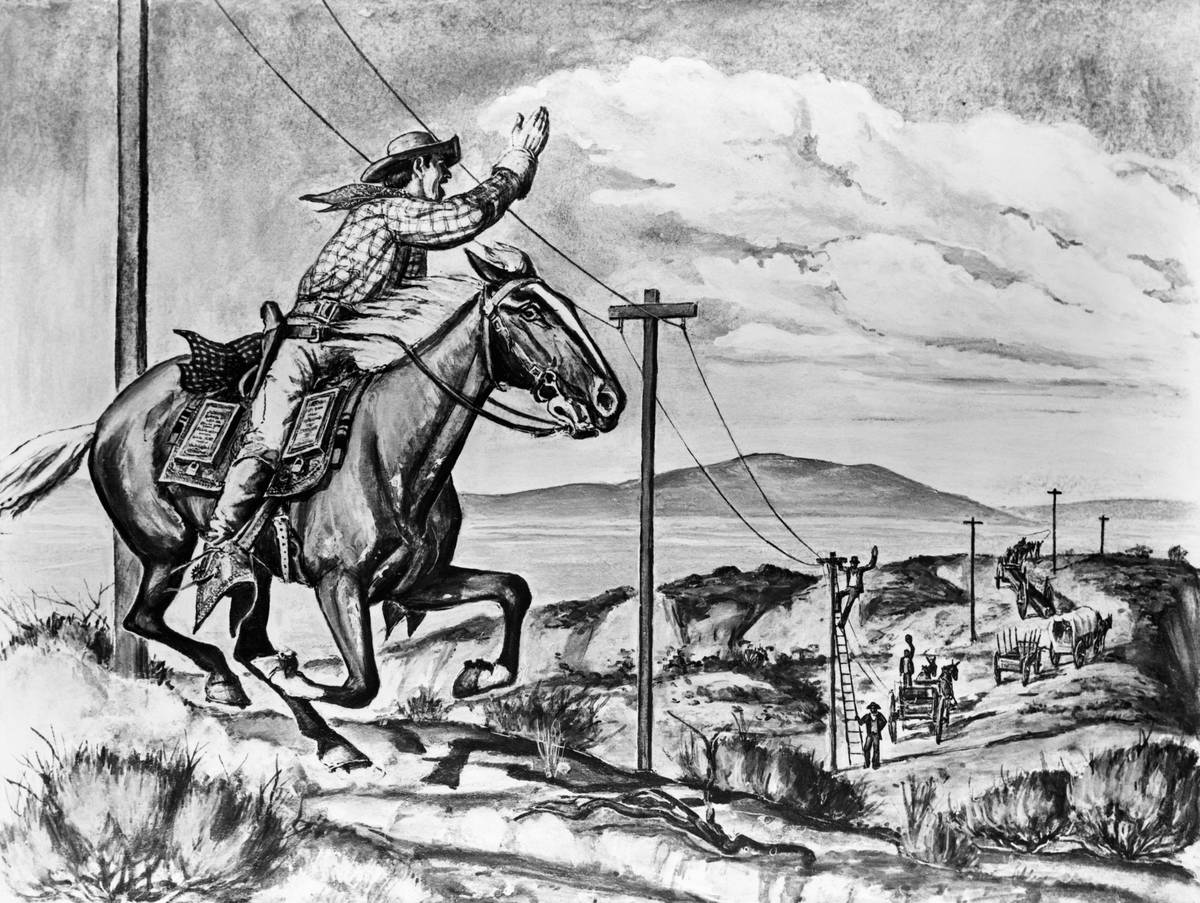
The Pony Express endures as the fastest mail service in the Old West. However, it was a financial flop. It only ran for 19 months before it shut down. A few weeks after it began, the Pyramid Lake War between the United States and the Paiute Indians broke out. The express ceased operation, which cost them $75,000, according to National Geographic.
The Pony Express struggled to recover after that. By the time it shut down in October 1861, the company had lost $200,000. Despite its short life, the Pony Express delivered 35,000 pieces of mail.
Most Cowboys Were Only Around Five Feet Tall
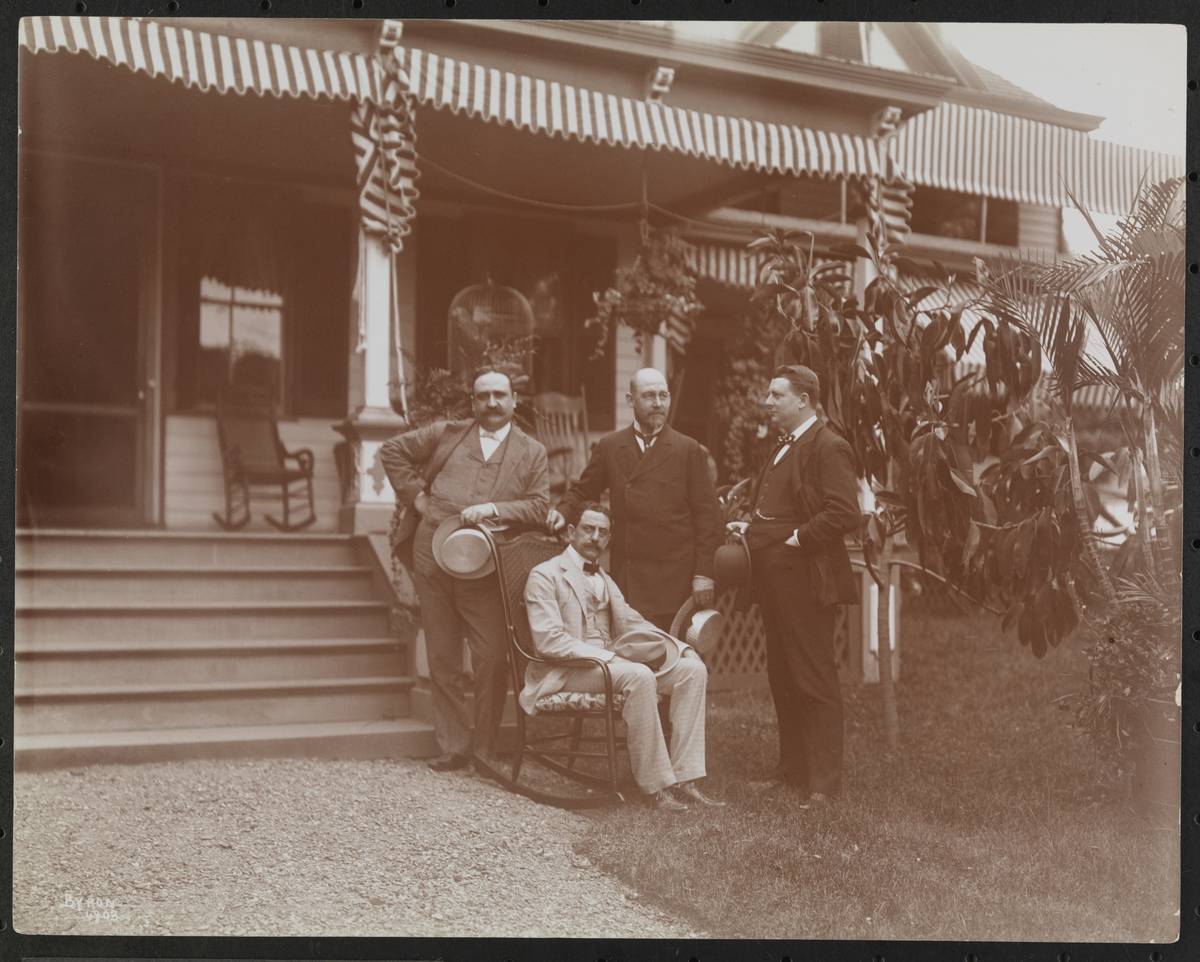
If you assumed that cowboys were the same height as men today, you would be wrong. People in the 1800s were shorter on average than people in the 21st century.
Oddly enough, men from the Middle Ages were closer to the average height today. In 2004, a study from Ohio State University found that people “shrank” between the Middle Ages and the 1800s. Food shortages, colder weather, and laborious lives were to blame.
Some Cowboys Didn’t Ride Horses
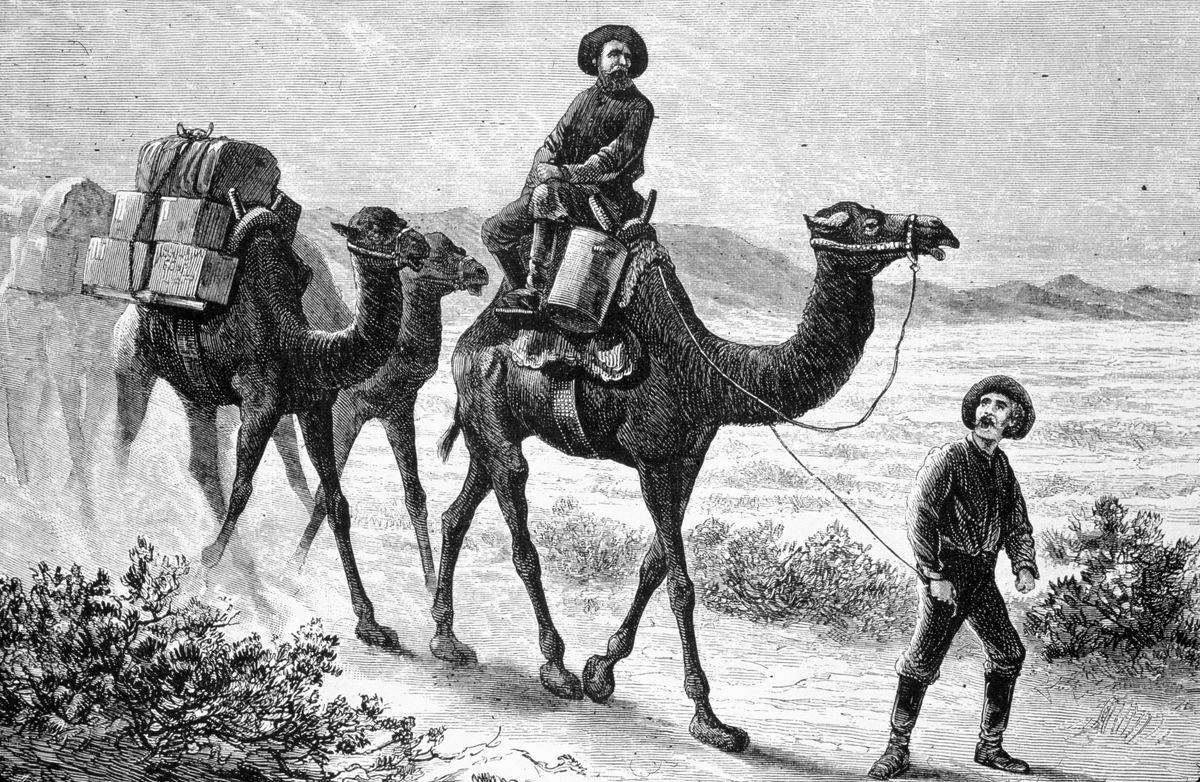
When most people envision cowboys, many imagine a man on a horse. However, not all cowboys rode horses. A minority of cowboys did not ride horses at all. Some even rode camels! This was especially true in the late 1880s when barbed wire became popular, and diseases were ravaging livestock.
Horses were imported from Spain, and as such, they were expensive. People who bought horses also needed horse-riding lessons, and many people could not afford those. Many cowboys had horses and did not ride them; the horses pulled plows or carriages instead.
Tumbleweeds Didn’t Appear In The U.S. Until 1877
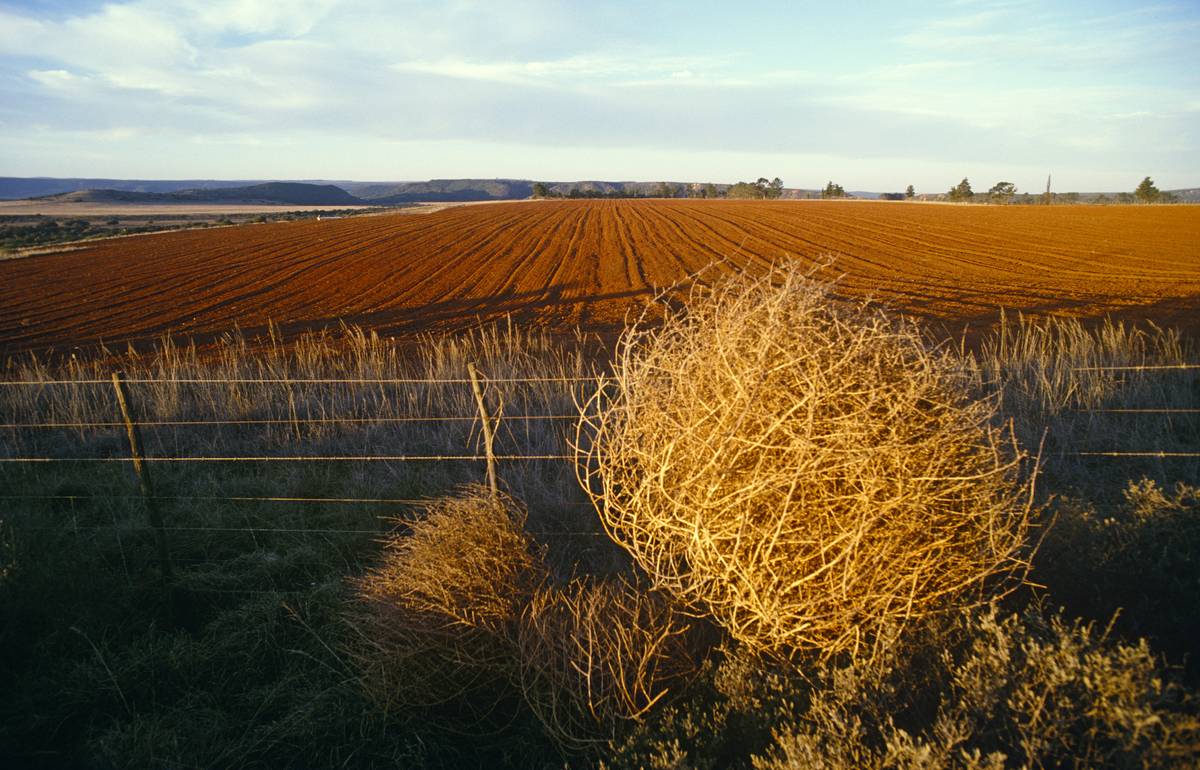
When viewers see a tumbleweed in a Western film, most don’t think anything of it. Many people don’t know that the tumbleweed did not appear in America until 1877. The seeds, which are actually the Russian thistle, were brought to America by Ukrainian farmers. They first appeared in South Dakota, so unless you lived there in the late 1800s, you wouldn’t know what tumbleweeds were.
In the U.S., tumbleweeds are an invasive species. Even today, many tumbleweeds cover homes and can cause fires. Some of them even grow up to six feet tall!
There Were Professional Card Players
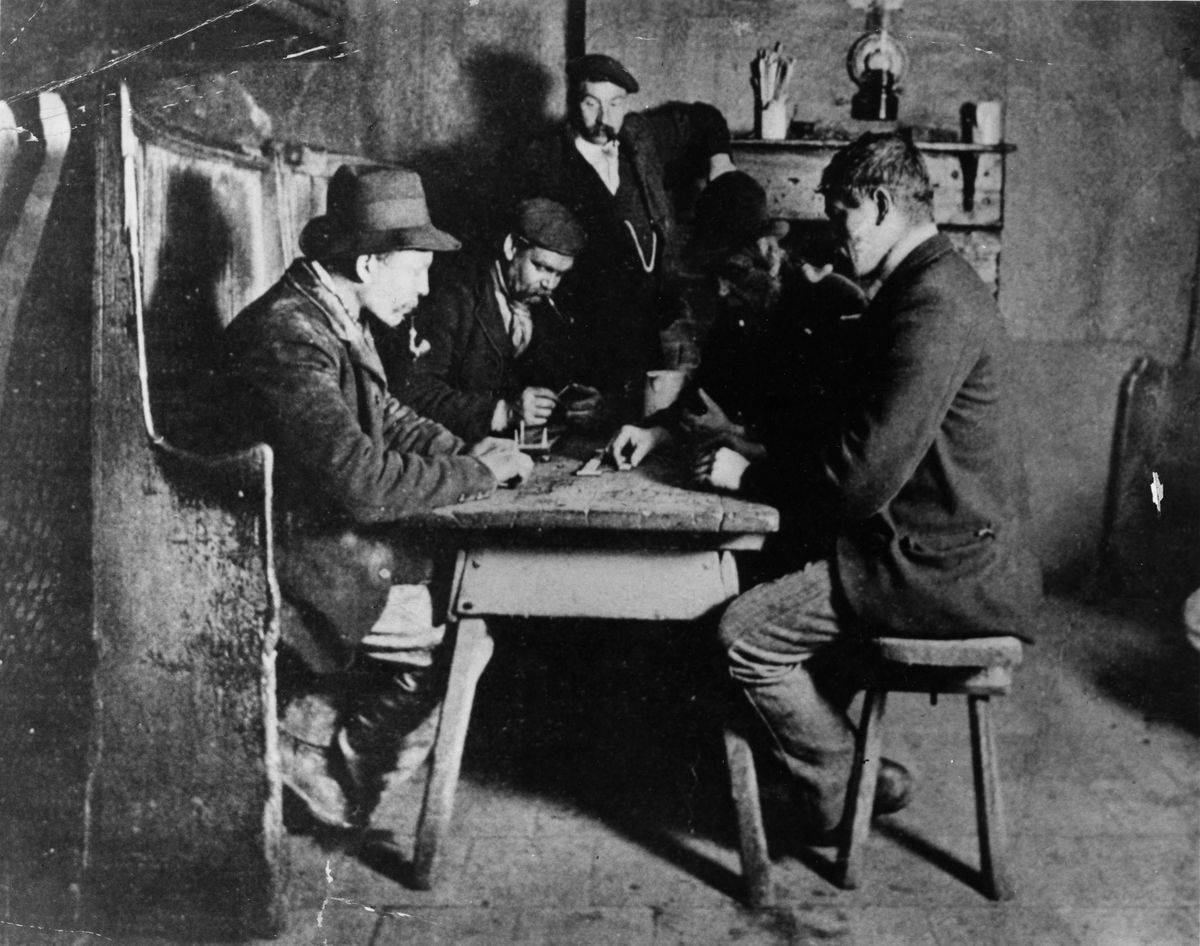
You may have seen cowboys play cards in a saloon during Western films. But playing cards wasn’t just a pastime in the Old West; some people were professional poker players. According to American Heritage, many people began playing poker for a profit in the 1820s.
Poker is still a professional game in the U.S. In the 1970s, Las Vegas hotel owner Benny Binion founded the Poker Hall of Fame, which still lists champions today. In the Wild West, poker games were far less official, but anyone could try their hand at winning a profit.
Water Wasn’t Free For The Taking
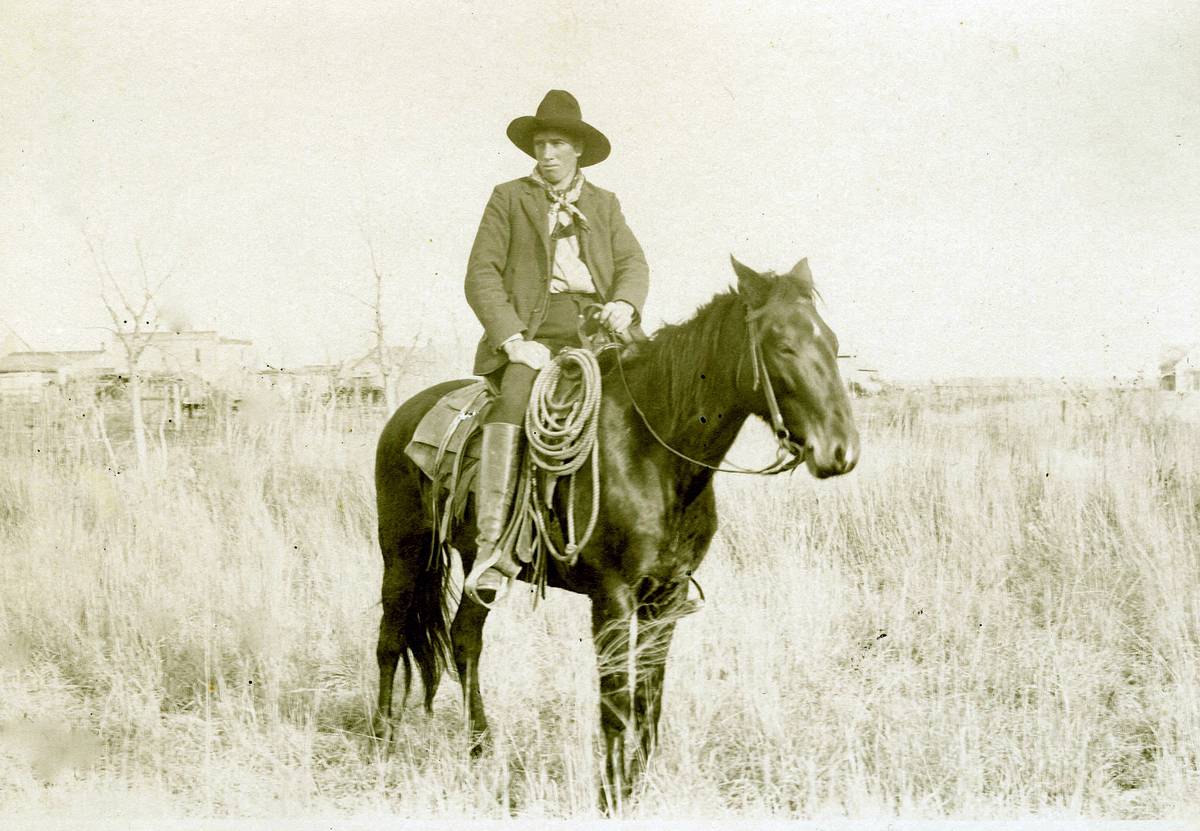
Considering the long days cowboys worked, water would, supposedly, be in abundance at ranches and while they’re on the road. Well, this actually wasn’t the case. Water was actually fairly pricey back in the Wild West.
While slabs of meat were sold for around a cent, water could be sold by “entrepreneurs” for a few dollars! Needless to say, cowboys didn’t make a lot of money and therefore had to be very careful on how much of their money they spent on the over-priced liquid.
Billy The Kid Wasn’t Left-Handed

A famous photograph shows Billy the Kid, born William Bonney, wearing his gun belt on his left side, prompting historians to believe that the famous outlaw was lefthanded. Well, that wasn’t actually the case. After some digging, it was discovered that the tintype camera used for the photograph had a little secret.
When developed, the tintype photograph was actually a reverse, mirror image of the image it captures. That means that in reality, Billy the Kid was actually right-handed.
Most Cowboys Were From Mexican Descent
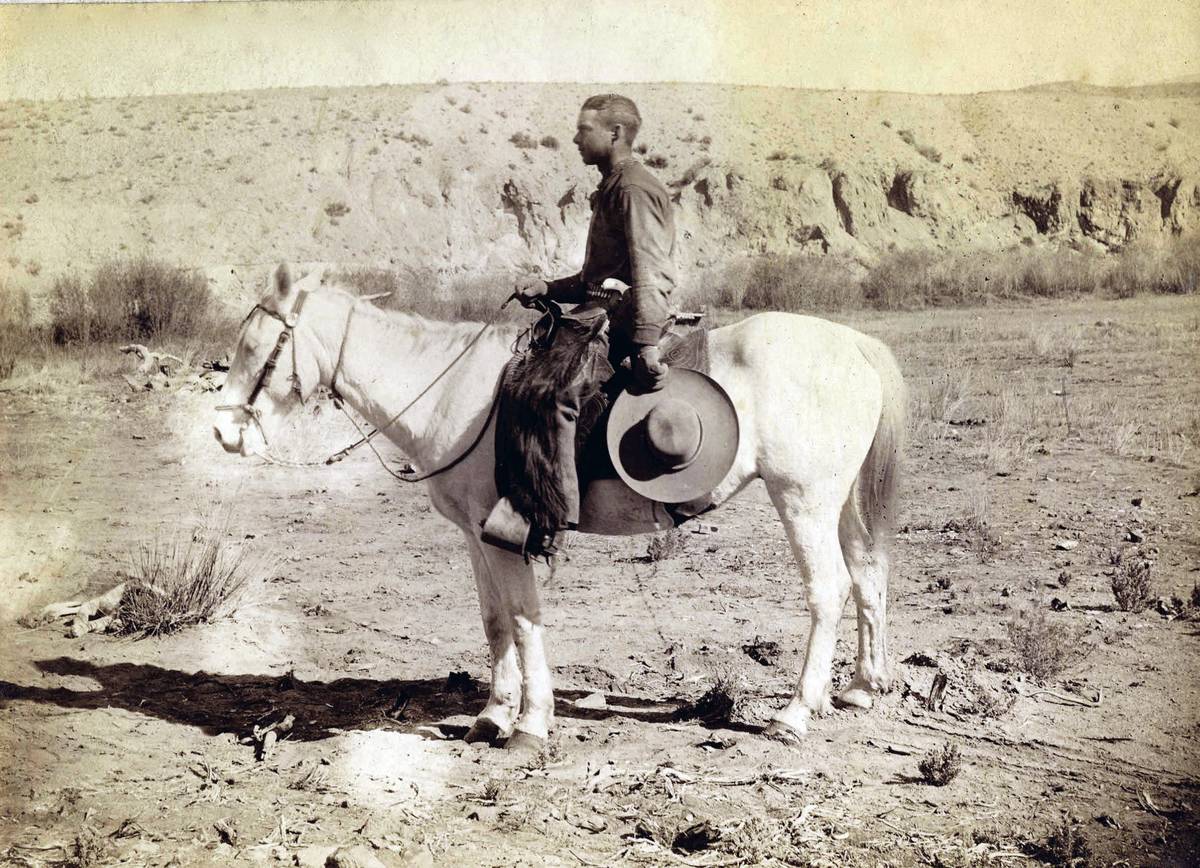
Believe it or not, most Wild West cowboys were not American. Originally, cowboys were of Mexican descent. The concept of a cowboy came from vaqueros, trained ranchers in Mexico who rose to prominence after the Spanish arrived.
According to the Smithsonian, the Wild West was just as diverse–if not more–than America today.
The 1870s Marked The End Of The Cowboys
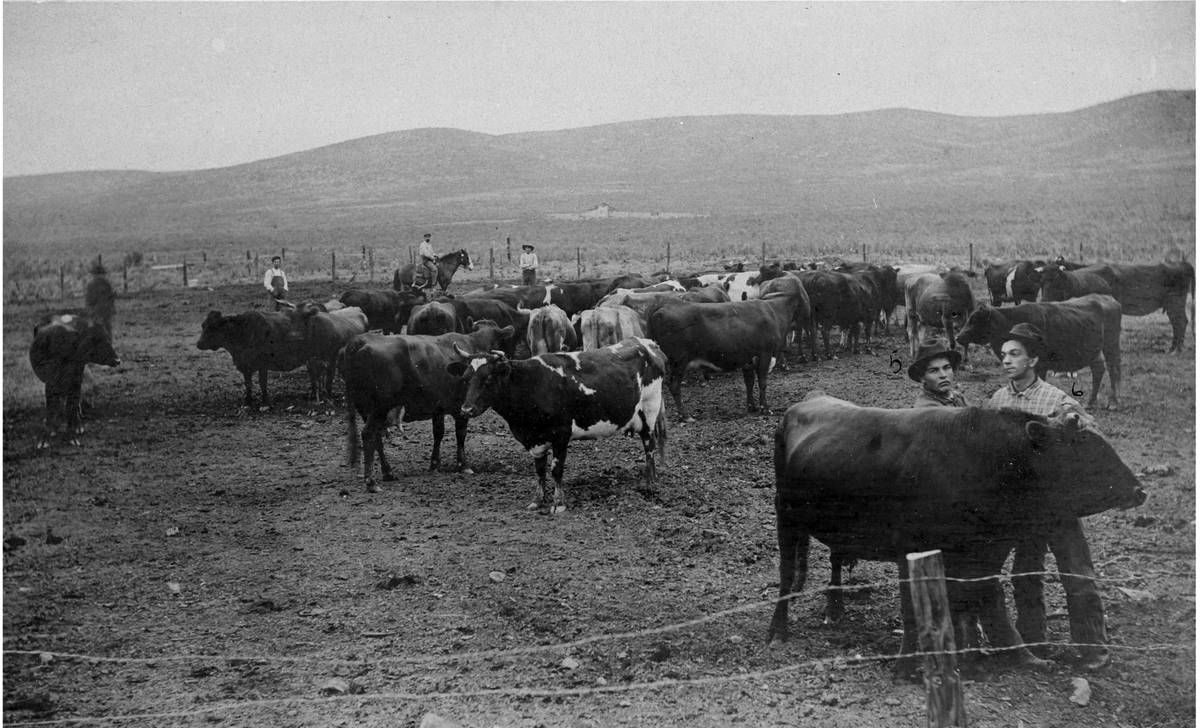
Believe it or not, few cowboys were needed after the 1870s. In 1876, John Warne Gates discovered that animals did not cross barbed wire fences. While advertisements called it “The Greatest Discovery Of The Age,” others called it “the devil’s rope.” Barbed wire meant that cowboys were no longer required.
On top of that, cowmen and Native Americans did not like how barbed wire harmed cattle. Some people formed groups called the Blue Devils and the Javelinas to cut peoples’ fences. The dispute continued throughout the end of the 19th century as cowboys faded out of history.
Fights Were Very Rare
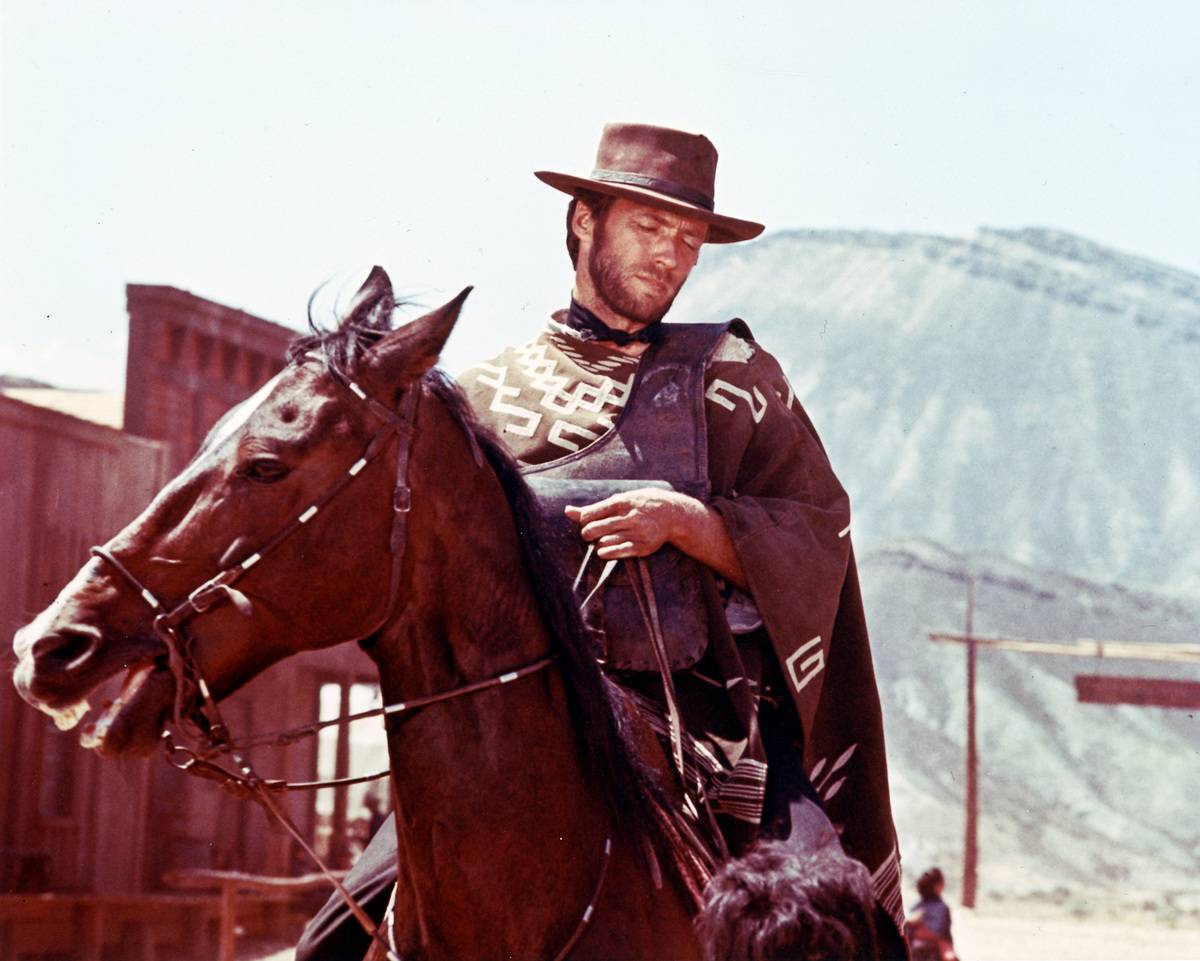
Pop in an old western film, and a fight is sure to break out during the first half-hour. Ironically, saloon fights and taking people “outside” to settle arguments isn’t actually what happened in the Wild West. Instead, surviving in the rough and tough times meant getting along with your neighbors.
Although about 90 percent of western films feature people drawing guns for a high noon showdown, the truth is that most western towns were safer, with a lower murder rate than many modern cities.
Riding Wasn’t For Everyone
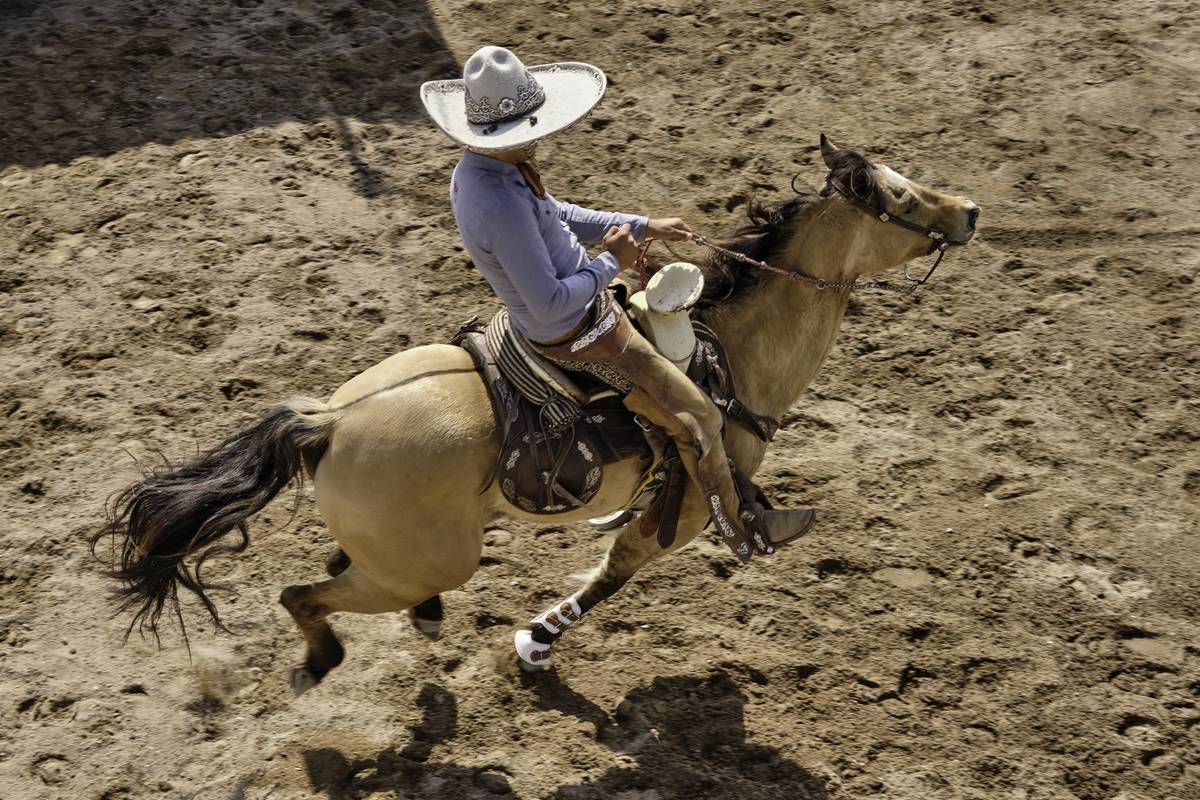
The ideal picture of a cowboy has a rough and tough cattle wrangler astride a sturdy-looking horse. As history would have it, though, that picture of the cowboy isn’t necessarily the truth. Ironically, many cowboys never had to ride. The romantic image of cowboys riding across the planes is nothing more than a fictionalized account of life in the Wild West.
Instead, their job description included little to no riding, especially once 1885 hit. From that year onwards, cowboys would be seen staying close to the ranches where they worked, mending fences, or checking on animals for disease. Not too surprisingly, many hated the work.
Cowboys Were Not Romanticized
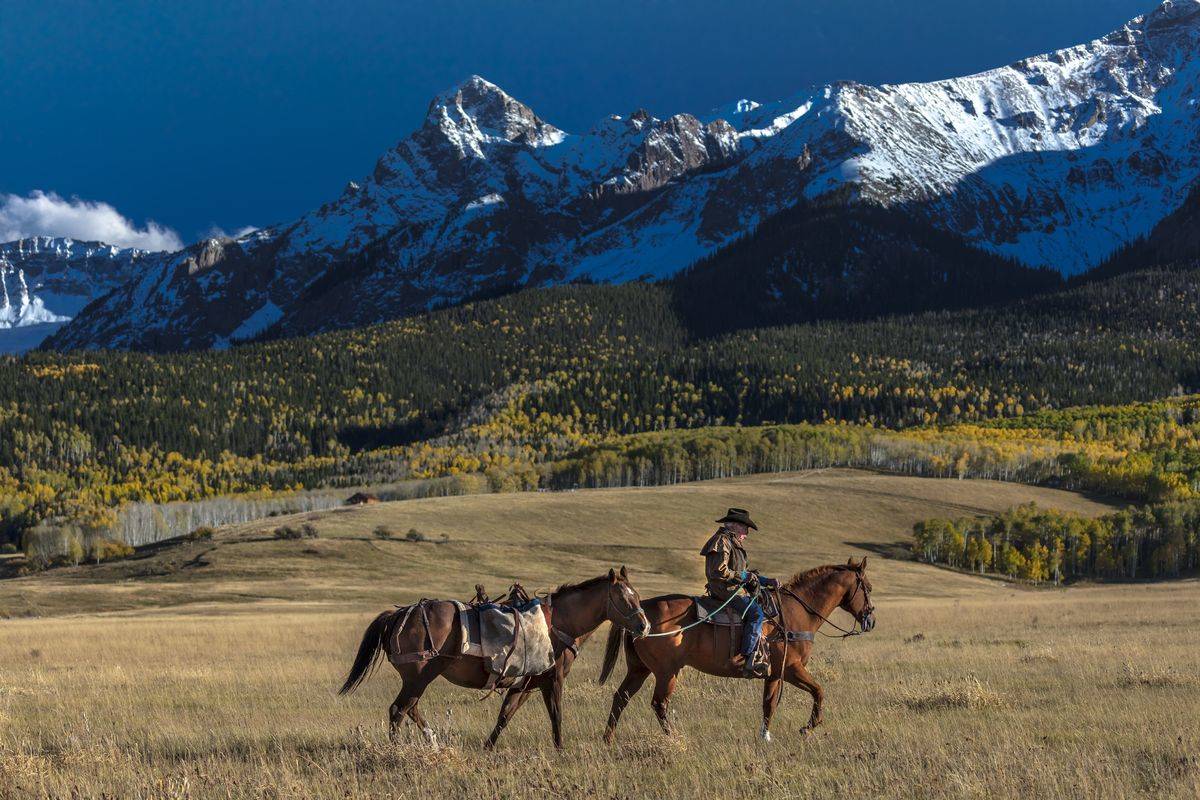
While Hollywood, authors, and even rodeos have romanticized the idea of the American cowboy throughout the years, they weren’t exactly seen as the rough and tough heroes they are today. Particularly, the old south saw cowboys as dirty and illiterate vagrants who did nothing more than trample their crops.
People even believed cowboys were going to be the downfall of their towns, spreading the dreaded “Texas fever” throughout the lands, a “very subtle and terribly fatal disease” amongst cattle.
The USA Isn’t The Most “Cowboy Obsessed”

Cowboys might have made a name for themselves across the Wild West of the United States. But the nation is, ironically, not the most cowboy obsessed. In fact, the cowboy-obsessed country isn’t even part of North America. Across the pond, Germany is all about the cowboy image.
The country has numerous cowboy-themed clubs where estimated tens of thousands of patrons go, dressing up like they were in the 19th century. Ironically, the country’s infatuation with cowboys isn’t completely modern, dating back to World War II.
A Ten Gallon Hat Wasn’t Practical
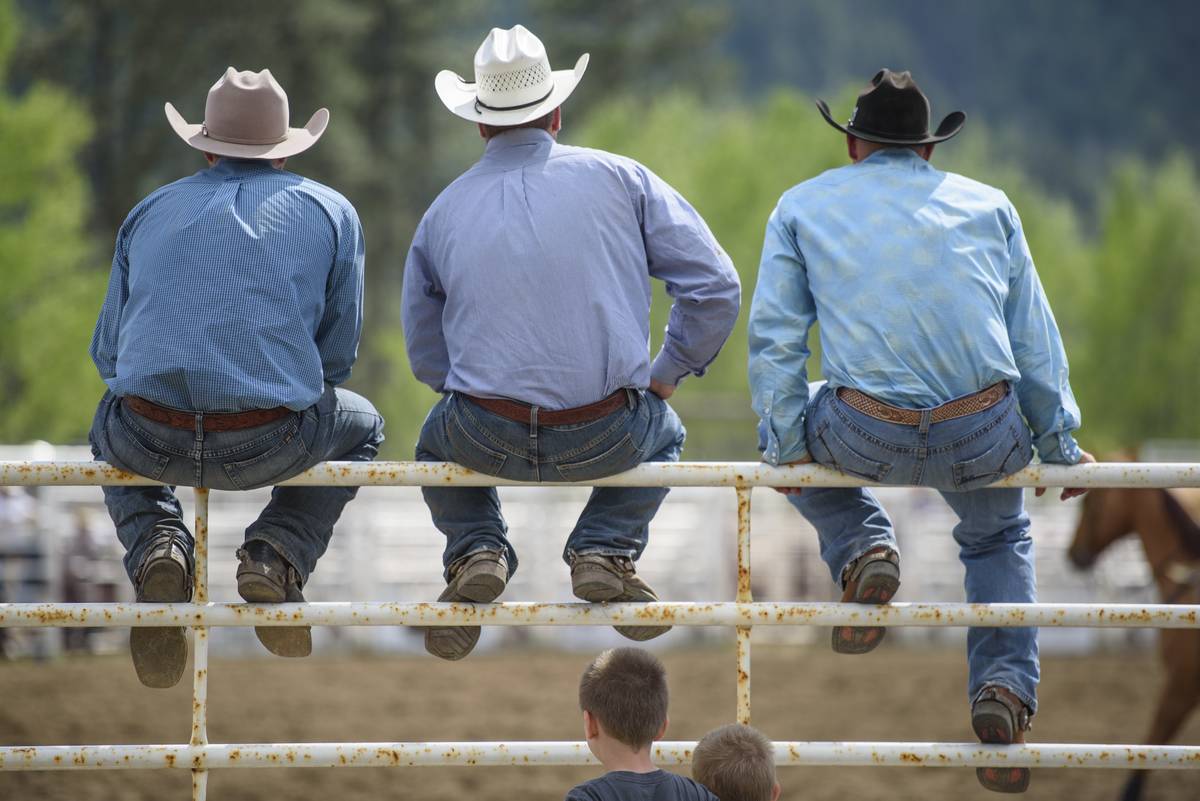
Hollywood might have popularized the ten-gallon bucket hat as the go-to headgear for cowboys. But, back in the times of the Wild West, it was probably one of the more impractical fashion statements. Instead, cowboys were seen wearing bowler and derby hats.
Both of those hats were less likely to fly off the heads of a cowboy if, for some reason, they found themselves riding at top speed.
Cowboys Weren’t The Explorers Of The Time
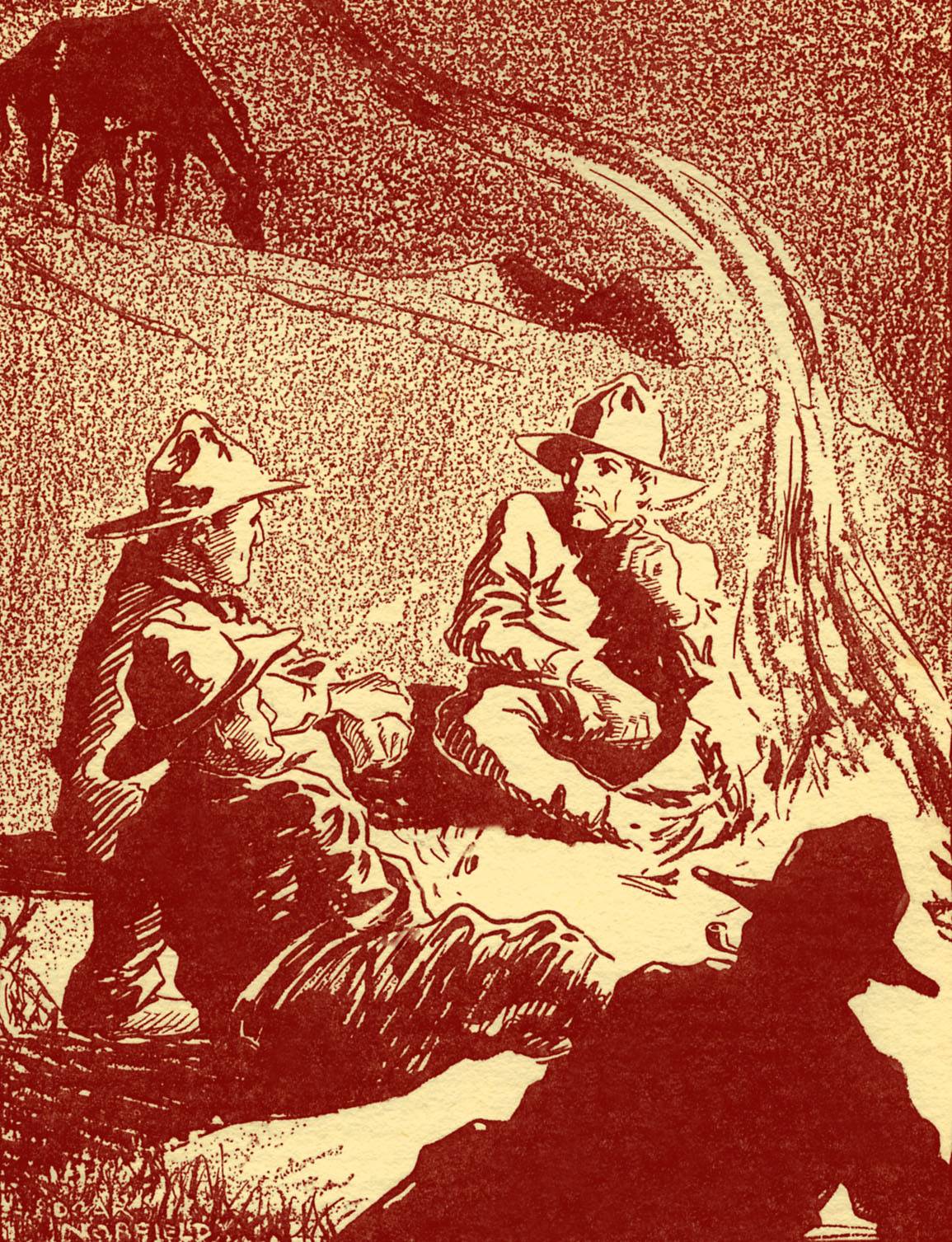
Contrary to popular belief, cowboys weren’t the adventurers Hollywood makes them out to be. While these men are notoriously considered the rough and tough people of the age, explorers, trappers, and mountain men were the individualists of the time.
Dressed in animal skins and carrying a Bowie knife, these groups of individuals were kind of loners, living and navigating off the land that hasn’t even been mapped out yet. Comparatively, cowboys were nothing more than men herding high-priced cargo in an otherwise mapped-out territory.
The Life As A Cowboy Was Less Than Glamorous
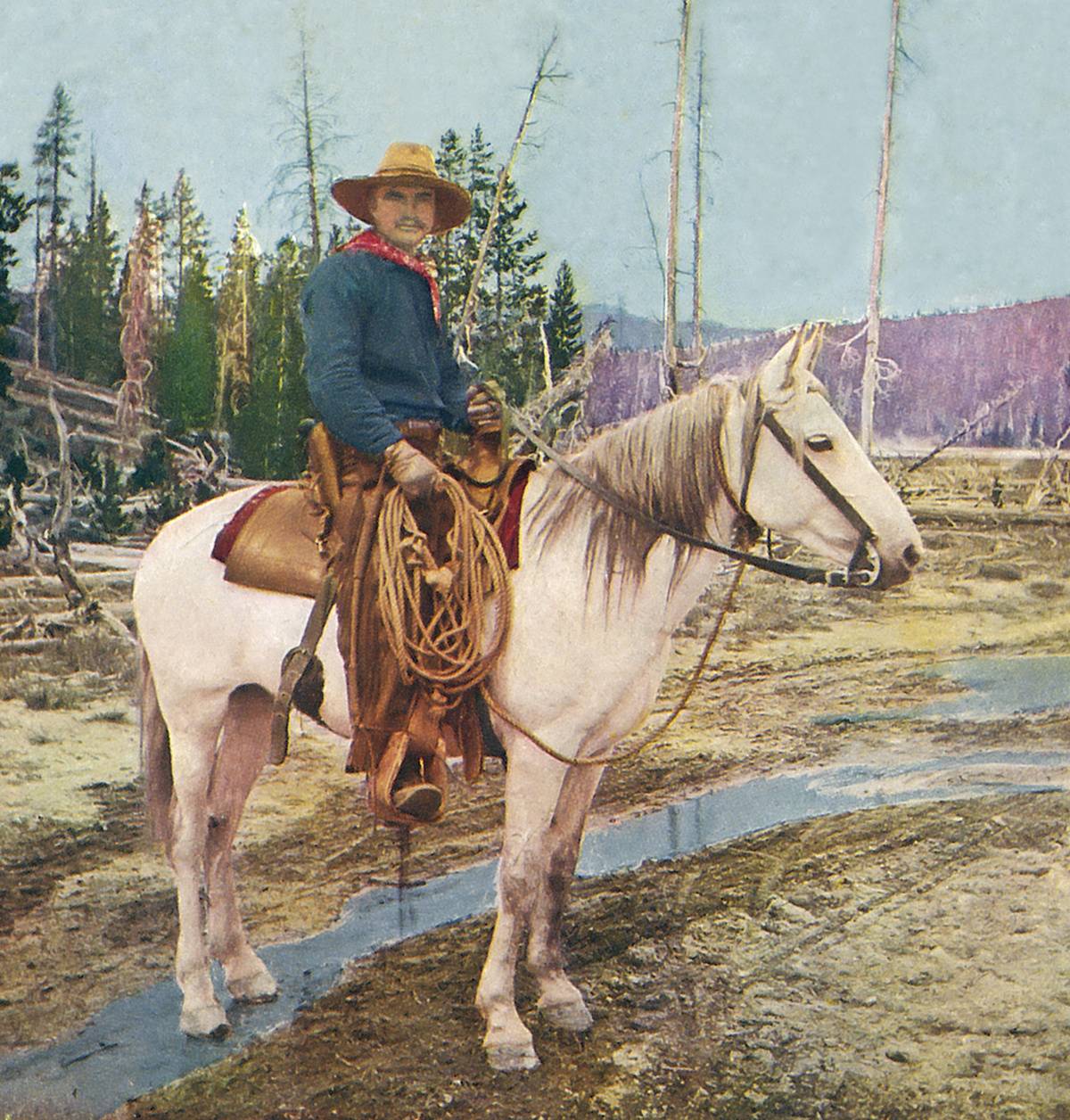
Many depictions of the Wild West cowboy show the men as clean-cut individuals who always happen to be at the right place at the right time, saving the day from “put of towners.” Well, this image isn’t exactly real. The life of a cowboy was anything but glamorous and heroic.
Instead, these men lived pretty blue-collar lives, working on ranches, mending fences, and having a layer of dirt and grim that never seemed to wash away completely. Typically sleeping on the ground, cowboys were often tired, dirty, and too saddle-sore to take up arms with anyone attempting to rob a salon.
While It’s Not The Original, The Long Branch Saloon Does Exist
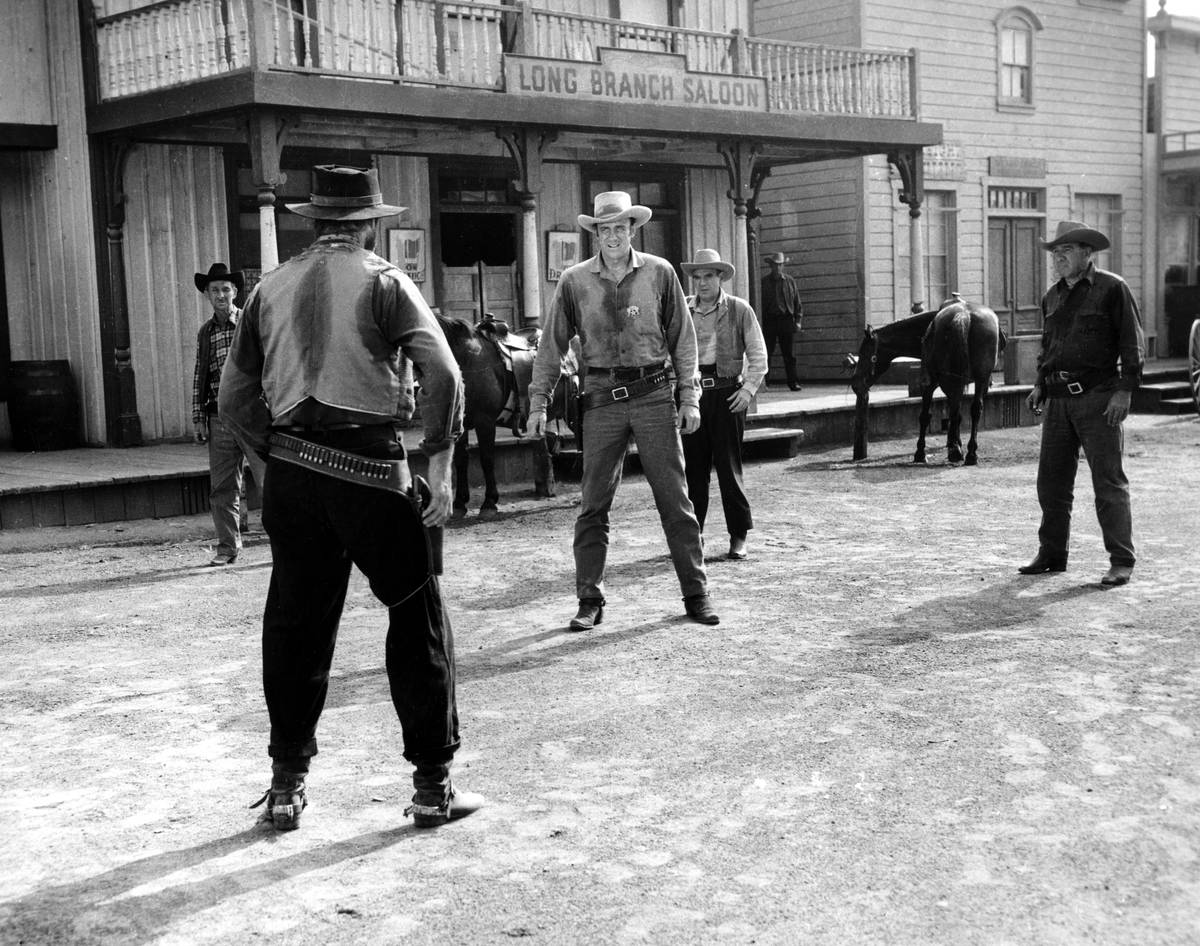
For many people, the Long Branch Saloon is nothing more than an establishment in the television series “Gunsmoke.” What some viewers don’t realize is that the Long Branch Saloon is actually a real place. Or, at least, it was a real place.
The original establishment was burned down in 1885 but was later rebuilt into what it is today, a saloon with the same name. Of course, instead of cowboys and gunslingers frequenting the place, it’s overrun with tourists looking to quench their thirst and visit a piece of Old Western history.
A Winged Monster Roamed California
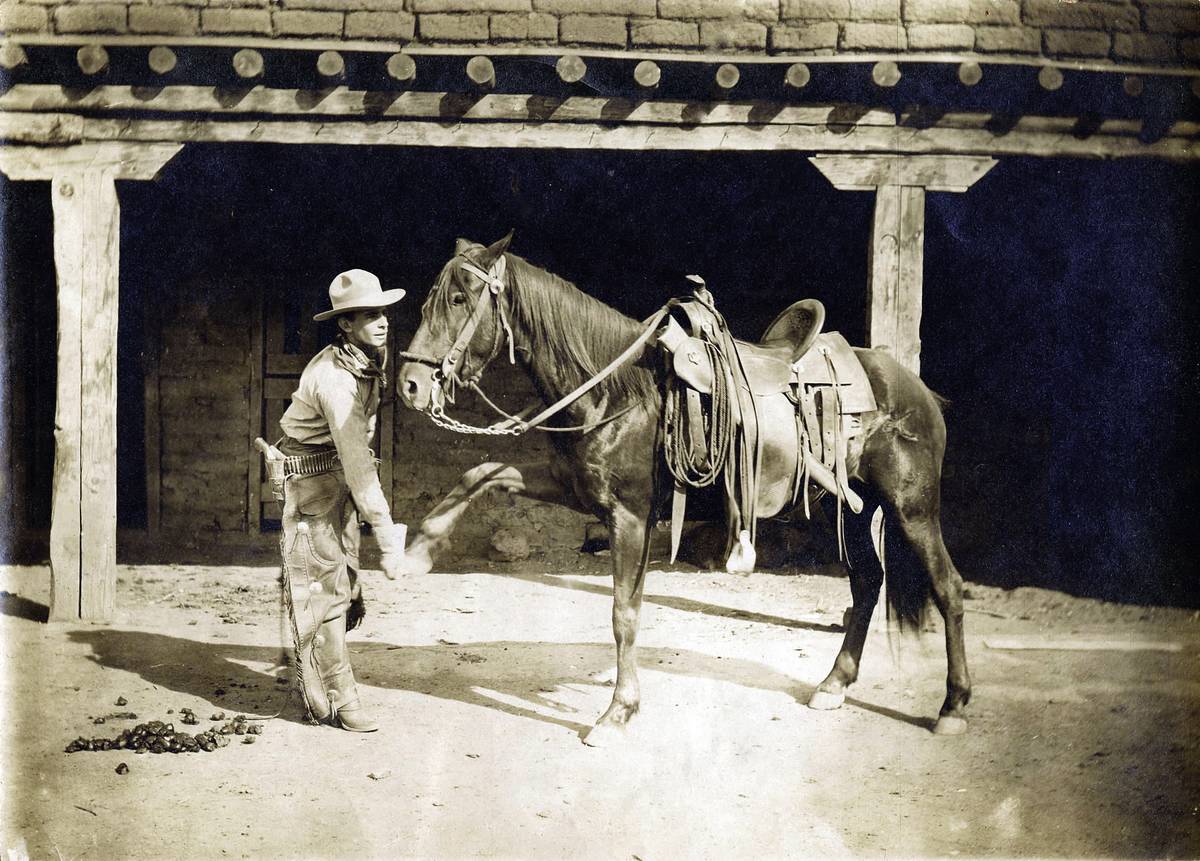
As far as myths go, the one about the winged monster found by two cowboys in Tombstone, Arizona, takes the cake. According to their story, in 1890, “A winged monster, resembling a huge alligator with an extremely elongated tail and an immense pair of wings, was found on the desert between the Whetstone and Huachuca mountains last Sunday by two ranchers who were returning home from the Huachucas.”
The two cowboys reportedly shot the monster out of the sky. While many want to believe their story, it was never proven. As far as hoaxes go, though, this is one of the better ones to come out of the Wild West.
The Tale Of The Red Ghost

Contrary to popular belief, there were many who thought taking horses on rides through the deserts of the southwest wasn’t the smartest move. So, camels were imported. While the animals were better suited for the tough desert climate, cowboys were accustomed to seeing such animals. So, rumors spread of a Red Ghost.
This “ghost” was said to be a terrifying beast with someone to something strapped to its back. Legend said the Red Ghost was even strong enough to take down a bear. Eventually, the Red Ghost was caught, and it was revealed to be nothing more than a red-colored feral camel.
Rumors Of Abandoned Mines Aren’t Really Rumors
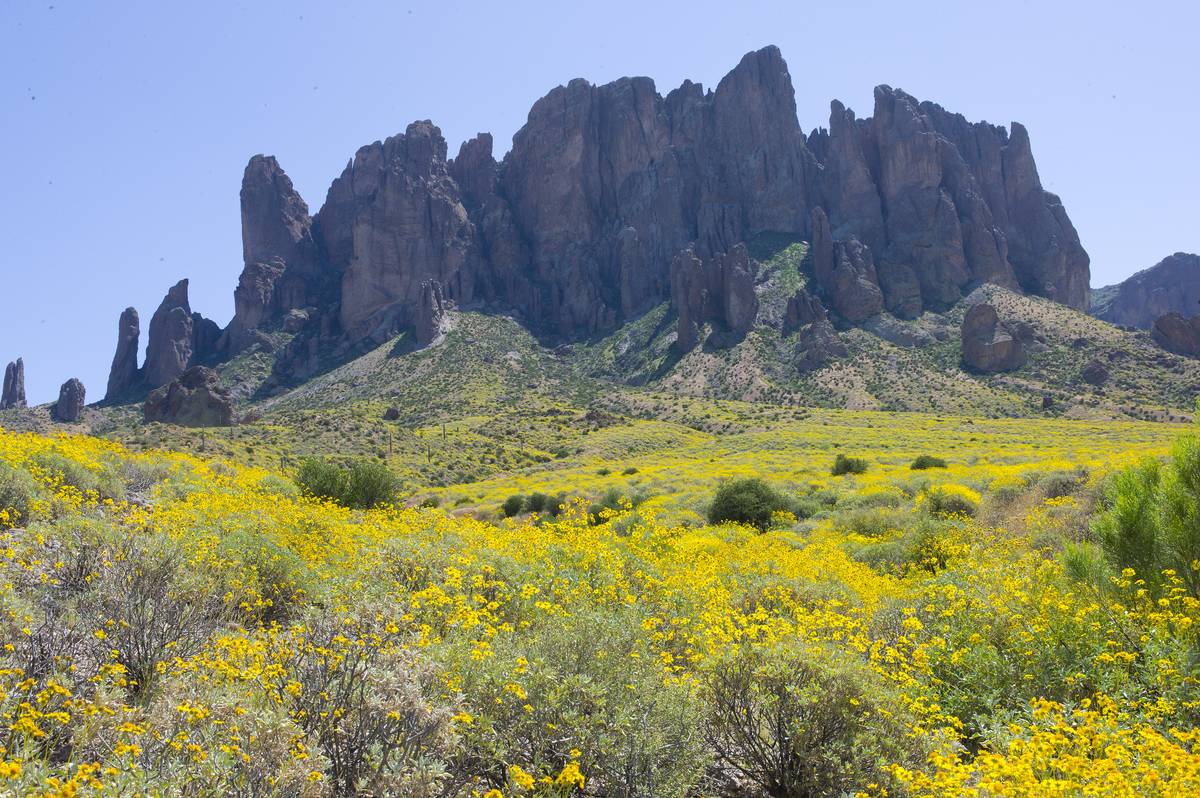
As Jacob Waltz reportedly once told his friends, “Near those mountains is the richest gold mine in the world.” The mountains in question were Arizona’s Superstition Mountains, and Waltz talked about the gold thought to be inside. Well, he wasn’t wrong. The Wild West was full of precious metals, including gold.
Since the gold rush, many mines have become abandoned, if not lost altogether, from natural phenomena. But Waltz’s Lost Dutchman is almost like an urban legend, as no one has been able to find it. While many of the rumors surrounding mines are just that, rumors, this one is thought to be real.



